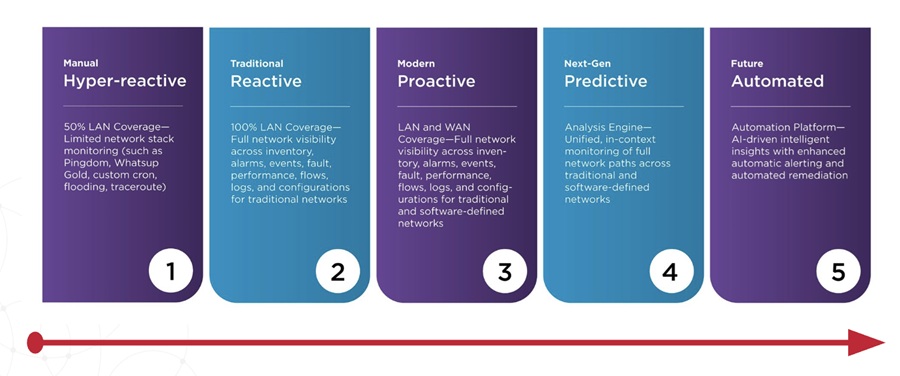
SOASTA announced the Consumer Performance Index (CPI), a new way to benchmark how well a website engages consumers.
The SOASTA CPI is a metric that evaluates website performance as measured by user engagements to provide a single effectiveness score. The CPI doesn’t just measure speed — it also evaluates user reaction via bounce rate. With the CPI, SOASTA measures the experience of a digital site by benchmarking it against real user performance data from high-traffic Internet sites monitored by SOASTA, including 41 of the Top 100 Internet retailers, and condensing it into a single score to help businesses determine how their website performance impacts consumer engagement.
The SOASTA CPI functions as a “universal translator,” enabling businesses to quickly see their performance compared to that of top-performing brands. As improvement projects are undertaken, companies can monitor the CPI score to determine if their efforts are actually helping to improve consumer engagement.
Using the SOASTA CPI, companies can determine:
- If optimization projects are improving consumer engagement
- How a site is performing compared to the sites of top-performing brands
- How to improve revenue and conversion
- What website efforts to prioritize – performance or functionality?
The CPI focuses on the interaction between a site and its visitors. Rather than just looking at the speed that a page renders, it looks at how users respond to the digital experience. This is significant because a faster and more responsive site engages its users and increases conversion.
“Because the CPI measures how a site’s speed and responsiveness influence engagement and, ultimately, conversion rates, we are able to provide a metric that helps online businesses determine the best way to optimize their sites and, as a result, increase revenue,” explained Tom Lounibos, CEO and Co-Founder, SOASTA. “The SOASTA CPI delivers information about how a consumer will respond, not just about how fast a site is delivered. Knowing page load times is just one piece of the optimization puzzle.”
Most businesses simply measure the speed of their website and app using a simulation of users against their site. With the SOASTA CPI, however, they can determine how consumers are responding to their sites based on behavior on many sites with comparative response times. In addition, because the CPI condenses both site performance and consumer engagement into a single score, users of the CPI can easily gauge web performance without having to look at multiple data points. This also helps ensure that performance is optimized for all devices.
The Latest
According to Auvik's 2025 IT Trends Report, 60% of IT professionals feel at least moderately burned out on the job, with 43% stating that their workload is contributing to work stress. At the same time, many IT professionals are naming AI and machine learning as key areas they'd most like to upskill ...
Businesses that face downtime or outages risk financial and reputational damage, as well as reducing partner, shareholder, and customer trust. One of the major challenges that enterprises face is implementing a robust business continuity plan. What's the solution? The answer may lie in disaster recovery tactics such as truly immutable storage and regular disaster recovery testing ...
IT spending is expected to jump nearly 10% in 2025, and organizations are now facing pressure to manage costs without slowing down critical functions like observability. To meet the challenge, leaders are turning to smarter, more cost effective business strategies. Enter stage right: OpenTelemetry, the missing piece of the puzzle that is no longer just an option but rather a strategic advantage ...
Amidst the threat of cyberhacks and data breaches, companies install several security measures to keep their business safely afloat. These measures aim to protect businesses, employees, and crucial data. Yet, employees perceive them as burdensome. Frustrated with complex logins, slow access, and constant security checks, workers decide to completely bypass all security set-ups ...

In MEAN TIME TO INSIGHT Episode 13, Shamus McGillicuddy, VP of Research, Network Infrastructure and Operations, at EMA discusses hybrid multi-cloud networking strategy ...
In high-traffic environments, the sheer volume and unpredictable nature of network incidents can quickly overwhelm even the most skilled teams, hindering their ability to react swiftly and effectively, potentially impacting service availability and overall business performance. This is where closed-loop remediation comes into the picture: an IT management concept designed to address the escalating complexity of modern networks ...
In 2025, enterprise workflows are undergoing a seismic shift. Propelled by breakthroughs in generative AI (GenAI), large language models (LLMs), and natural language processing (NLP), a new paradigm is emerging — agentic AI. This technology is not just automating tasks; it's reimagining how organizations make decisions, engage customers, and operate at scale ...
In the early days of the cloud revolution, business leaders perceived cloud services as a means of sidelining IT organizations. IT was too slow, too expensive, or incapable of supporting new technologies. With a team of developers, line of business managers could deploy new applications and services in the cloud. IT has been fighting to retake control ever since. Today, IT is back in the driver's seat, according to new research by Enterprise Management Associates (EMA) ...
In today's fast-paced and increasingly complex network environments, Network Operations Centers (NOCs) are the backbone of ensuring continuous uptime, smooth service delivery, and rapid issue resolution. However, the challenges faced by NOC teams are only growing. In a recent study, 78% state network complexity has grown significantly over the last few years while 84% regularly learn about network issues from users. It is imperative we adopt a new approach to managing today's network experiences ...

From growing reliance on FinOps teams to the increasing attention on artificial intelligence (AI), and software licensing, the Flexera 2025 State of the Cloud Report digs into how organizations are improving cloud spend efficiency, while tackling the complexities of emerging technologies ...
